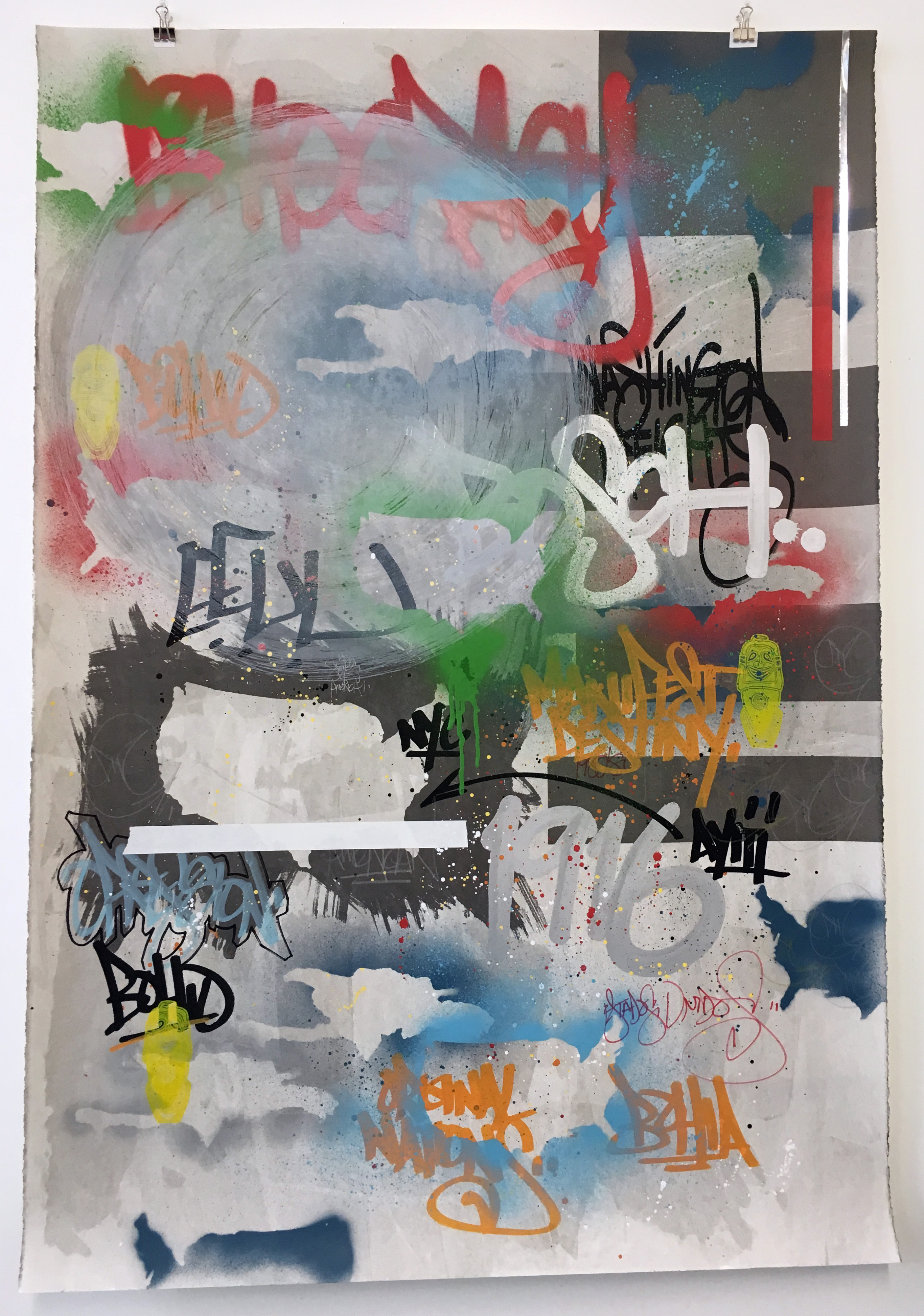 Carlos Jesus Martinez Dominguez and Pepe Coronado,
Carlos Jesus Martinez Dominguez and Pepe Coronado,Interactions-Borders, Boundaries and the Historical
Relations, of the US and Dominican Republic
CCNY NAC Plaza, Amsterdam Avenue (at 137th Street)
Viewing from the street at all times.
Viewing inside by appointment
contact 212-650-6400 or email info@citycollegecenterforthearts.org
Uptown Bateyes:
the old school, refugees, gentrifiers and hoods, plus Dominicans
Featuring Carlos Jesús Martínez Domínguez/FEEGZ and Pepe Coronado
On view: July 15– August 19
Reception and live artmaking event: Saturday, July 15, 2-4pm
Curated by Souleo, independent curator and Manager of Public Programs, Newark Museum
The word, batey (pronounced BAH-tay), derives from Taíno Indian culture. Originally, it identified a sacred space used for celebrations and meetings. However, presently in the Dominican Republic bateyes reference impoverished shantytown camps used to segregate and oppress the country's Haitian population.
Referencing the duality of the word, batey, artists Carlos Jesús Martínez Domínguez/FEEGZ and Pepe Coronado address New York City's race and class dynamics. The combination of prints, painting, and typography is at once an ode to the original concept of a batey with festive and numinous aspects. The graffiti map tags the names of numerous communities found throughout New York City's Uptown scene (defined here as north of 99th street) including Harlem, El Barrio, Sugar Hill, Le Petit Senegal, Washington Heights, and more.
Yet, the title of the show suggests that Uptown—despite its various neighborhoods—constitutes its own form of a contemporary batey. According to an April 2017 TIME magazine article, New York City ranked number one as the most economically segregated city in America. Taking this into account the artwork presented here asks the viewer to not only acknowledge the rich diversity of Uptown, but to also reflect on the racial, economic, and cultural forces that define the placement, state, and future of these communities.
Presented in conjunction with Uptown, a new triennial surveying the work of artists who live or practice north of 99th Street, an initiative of the Wallach Art Gallery at Columbia University's new Lenfest Center for the Arts.

Back to Uptown at the Wallach Art Gallery


